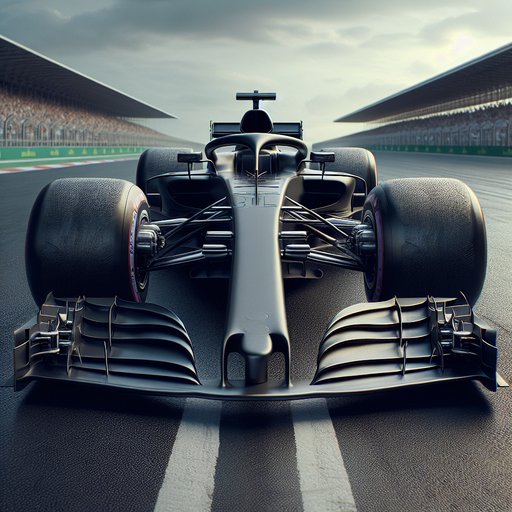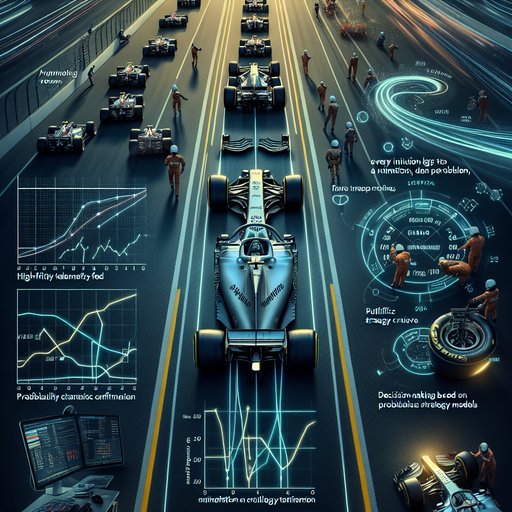
Across many countries, households are being asked to do something historically unusual: rewire everyday comfort and convenience around electricity. Heat pumps promise efficient heating and cooling, solar panels can turn rooftops into power plants, and government incentives are widely advertised to make it all affordable. Yet adoption remains uneven and, in some places, contentious. Homeowners weigh upfront costs, confusing paperwork, aesthetic concerns, and fears about reliability—often while managing busy lives and tight budgets. Understanding these friction points is essential to accelerating a fair, durable, and cost‑effective energy transition that aligns climate goals with real‑world home decisions.

A decade ago the diesel pump handle felt like a hinge to the future; now it sits beside chargers humming with their own promise. The decline of diesel engines in personal transportation has not been a sudden collapse but a steady narrowing of options, a recalibration of values at the intersection of policy, engineering, and habit. The soundscape of the road has changed, and with it the rituals of driving. This is not a eulogy and not an indictment. It is a look in the rearview mirror while the lane ahead fills with new markings, new rules, and a different kind of power.

Tires are the only part of a Formula 1 car that touch the track, and that thin contact patch has steered the sport’s technical direction, strategy, and spectacle for decades. From the fierce Bridgestone–Michelin rivalry of the early 2000s to Pirelli’s era of engineered degradation, rubber chemistry and construction have shaped how drivers attack, how teams plan, and how championships are won. Rule changes around slicks and grooves, temperature limits, and compound allocation are not background details; they are central to how modern F1 races unfold. Understanding tires is understanding how F1 evolved from flat‑out sprints to a chess match of grip management, pit windows, and split‑second decisions.

Formula 1’s transformation from intuition-led pit walls to analytics-driven decision centers is one of modern sport’s defining shifts. Live telemetry, high-fidelity tire monitoring, and probabilistic strategy models have turned every lap into a rolling optimization problem, where milliseconds and megabytes carry equal weight. The result is not just better-informed choices, but a new rhythm to races themselves—stint lengths flex to real-time degradation curves, pit windows open and close with traffic forecasts, and rain calls hinge on model confidence rather than gut feel. This evolution did not happen overnight; it grew from early data loggers into a tightly integrated ecosystem of sensors, software, and specialists that now shapes almost every move on track.